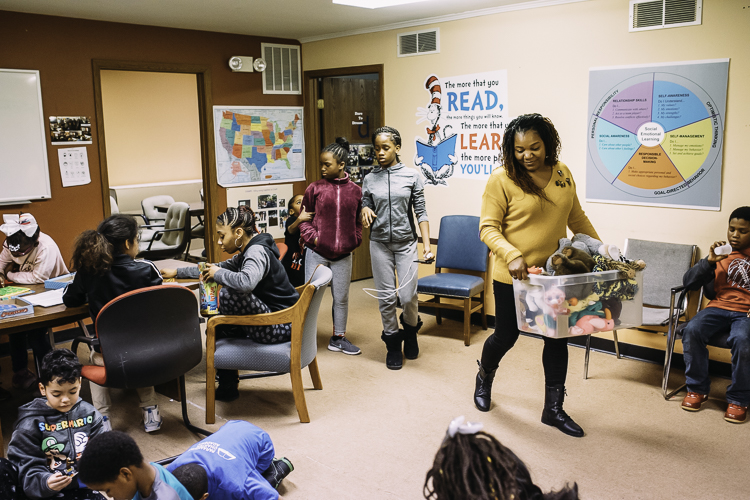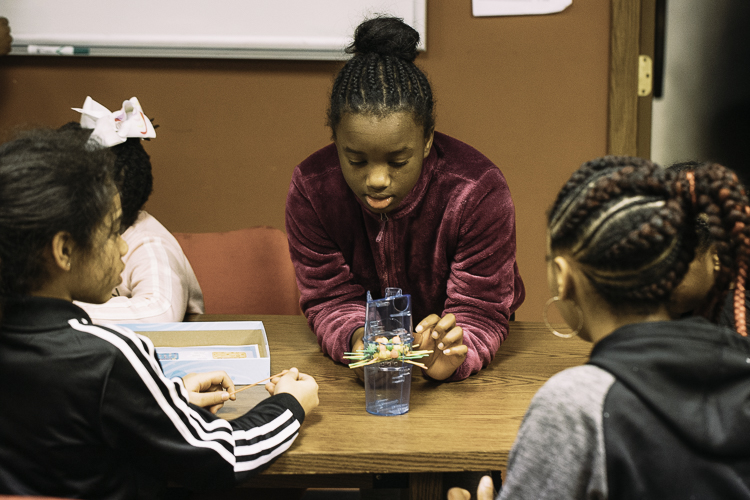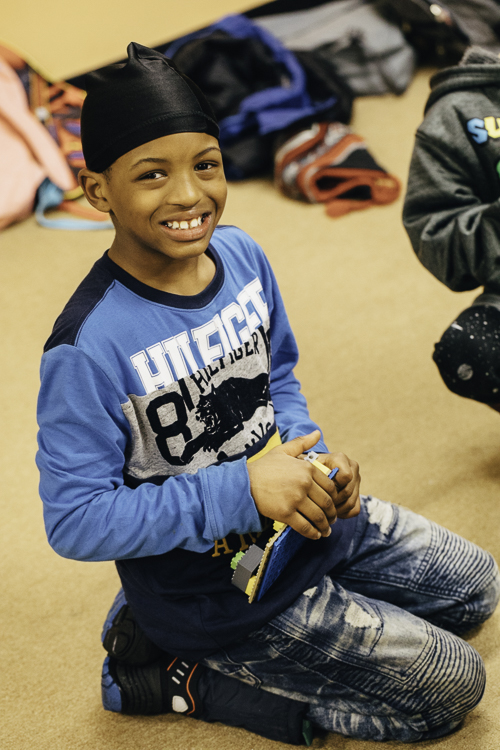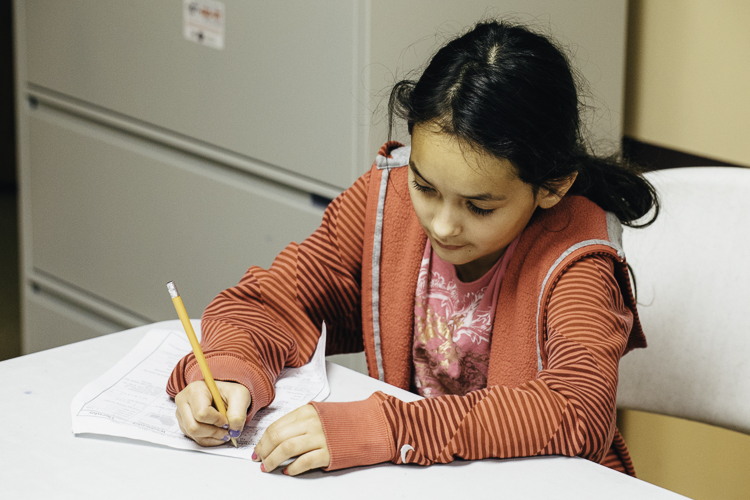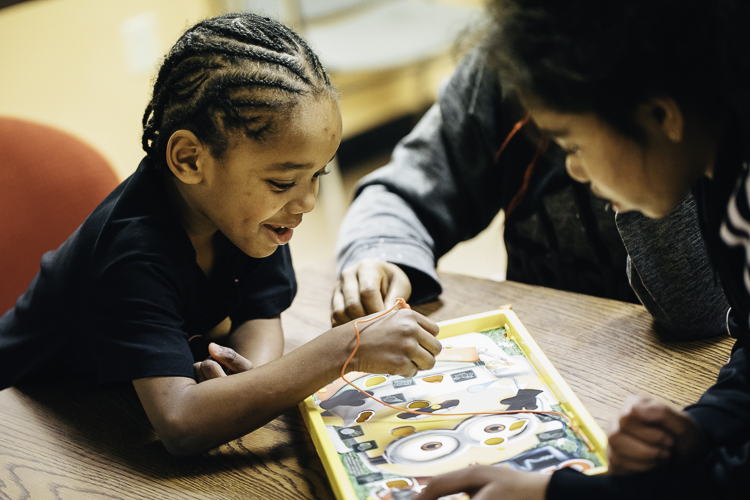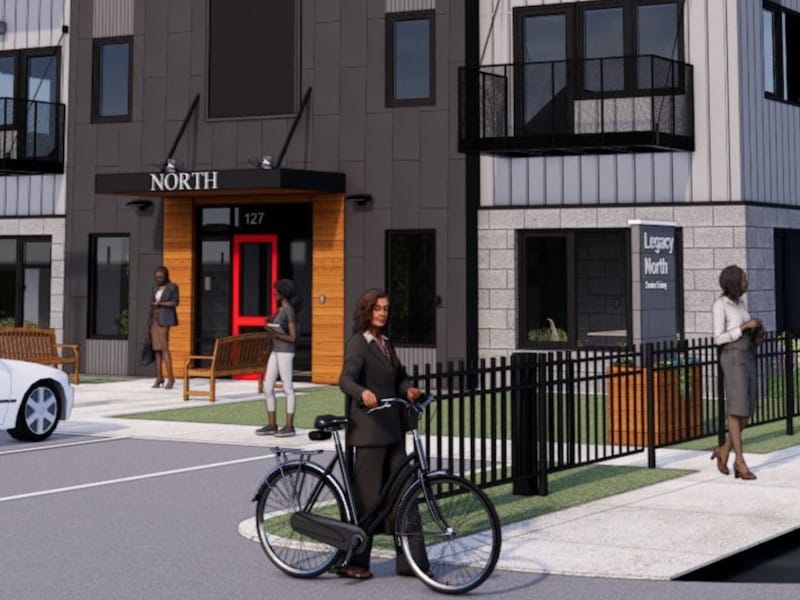Eastside Youth Strong making Eastside stronger in Kalamazoo
From a ripple, comes a wave of support for children and their families involved in Eastside Youth Strong programs.
Editor’s note: This story is part of Southwest Michigan Second Wave’s On the Ground Eastside series.
In a neighborhood that percentage-wise has more children under the age of 17 than any other in Kalamazoo, a little known youth-centered nonprofit is having a positive impact.
Over the eight years of its existence, Eastside Youth Strong, under the direction of Sam Lealofi, has been offering Eastside youth a variety of programs to increase their academic and social-emotional skills using high-quality, time and research-proven curricula and assessments.
“Our mission has always been that Eastside youth reach their fullest potential,” says Lealofi. “To get there is knowing, listening, understanding and bringing in access and inclusion resources. It’s a social justice issue for the youth on the Eastside.”
Lealofi is no stranger to the Eastside. As a former Eastside Neighborhood Association director and Eastside resident, Lealofi says she was delighted to be asked to lead the program because she had long wanted to provide more quality programs for Eastside youth.
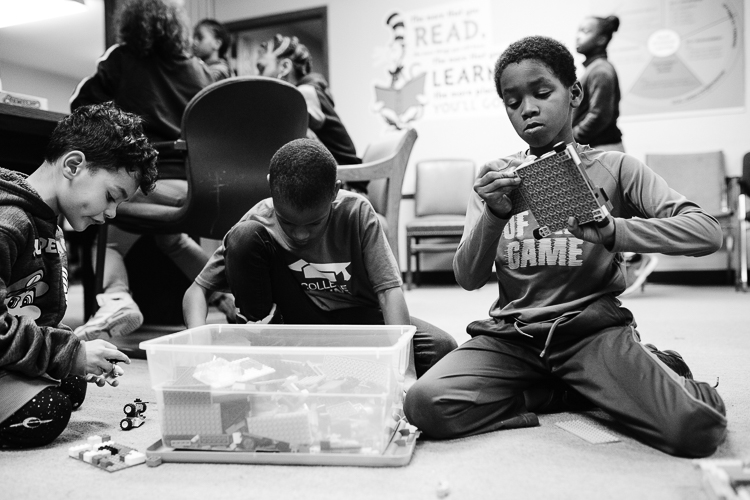
Under her direction, Eastside Youth Strong, funded by the Kalamazoo Community Foundation and the Irving S. Gilmore Foundation, among others, has implemented well-tested, successful initiatives, starting with CHAMPS, its after-school program.
What has made CHAMPS and other Eastside Youth Strong programs successful, Lealofi says, is the “quality model of youth development” that is based on evidence. “It isn’t just shooting fish in a barrel,” she says. “It’s not a latchkey program where kids come and do arts and crafts, although that kind of thing happens. It’s a quality model that changes outcomes for youth.”
And Lealofi has done her research and chosen the models carefully, providing appropriate training for the staff and regular assessments. The strategy is working.
“We are seeing gains in young people being at grade level reading, and we’re also seeing that young people who were maybe on the (social-emotional skills scale) are starting to rise up to the norm, if there is such a thing,” says Lealofi. “What’s also exciting is seeing others who are stronger on the scale rise even higher. They can become leaders.”
It could be argued that in a neighborhood that does not have its own elementary school (most of the students Eastside Youth Strong serves attend Northeastern Elementary in Eastwood), it is even more vital that quality after-school and enrichment programs are located within the community.
Many of the students walk to CHAMPS, the kindergarten through fifth-grade after-school program, which runs from 4:30 p.m. to 7: 30 p.m. Mondays through Wednesdays at the KENA building, 1301 E. Main.
“They come here because they want to be here, which says a lot,” says Yulonda Taylor, Lead Youth Development Worker. “And if we get someone new visiting, one of the kids is going to say, ‘Hey! Welcome to CHAMPS!”
Youth center plans evolve into a five-program youth organization
In 2001, a committed group of Eastside community leaders and residents, called the Kalamazoo Center for Youth and Community, wanted to launch a capital campaign to build a youth recreational building on the Eastside. But before enough money was raised, the recession hit and the idea floundered for lack of financial support.
“It was always on the neighborhood’s mind,” says Lealofi. “The south side had Lake Street (Boys & Girls Club), the Northside had the Douglass (Community Center) where the kids could go, but the Eastside had nothing.”
For 15 years, the city sponsored a city-run youth center on East Main, but eventually, it closed. “We really appreciated the spirit of the city and the director of Parks and Rec for committing to that youth development center,” says Lealofi.
But there were problems with the site. Too many youths of all ages, even late teens, too few personnel, and no formal program in place, created at times, a sense of chaos, says Lealofi. “It was never in the best spot,” says Lealofi. “Traffic would overflow onto the street.”
In 2011, however, Lealofi was approached and asked if she would consider running the Eastside youth program and she agreed.
“I got a second chance here,” she says of the Eastside opportunity. “We can really be hyper-focused on youth development and changing outcomes for youth on the Eastside.”
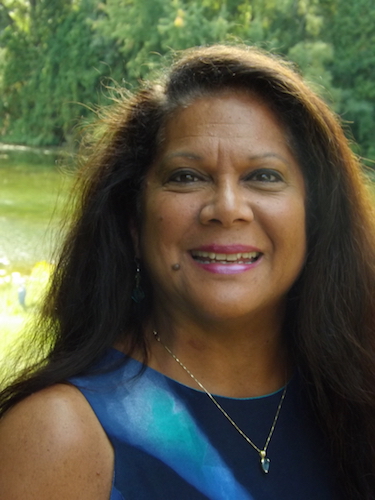
Lealofi set to work, researching the neighborhood offerings and national programs. Where were the gaps? She wanted a high-quality youth development model that used national quantitative tools to help staff and community partners.
Eight years later, Eastside Youth Strong has added four more programs to CHAMPS: Individual Student Services, a literary support, and tutoring program in conjunction with Northeastern Elementary School, EASEL, a summer STEM program, Check & Connect, a progressive school retention program, and a satellite of the Boys & Girls Club at Northeastern Elementary.
“We now have increased high school graduation, helped create a college-going culture, and are bringing in more partnerships to support youth and family,” says Lealofi.
Check and Connect: Ensuring school retention
One of the critical aspects of increasing potential for youth on the Eastside, Lealofi found, was school retention. Because CHAMPS keeps in close contact with the schools, Lealofi learned that “50 percent of the kids in our afterschool program weren’t going to school during the day,” she says.
“In order to be academically successful, you have to go to school.”
So Lealofi began looking around to see what programs were successful for ensuring school retention, and she decided on the University of Minnesota’s Check and Connect model, which tracks a young person in terms of attendance and grades, but also seeks to actively engage them.
“The research shows that kids in second grade started showing signs of dropping out of school,” says Lealofi. “If a child is not coming from a school-going culture, the child also doesn’t see the value in education.”
The challenge is keeping kids connected is showing them why it’s important to engage, and that’s where William Huddleston, case coordinator and case manager, comes in. He works closely with the schools, students and family to establish that engagement.
Motto: Expanding their reality and sculpting their future
Many Eastside youth do not have many opportunities to venture outside of their neighborhood except for school, says Lealofi. So a key component in CHAMPS and EASEL is to connect youth with community partners, such as the Kalamazoo Nature Center, the Air Zoo, the Fresh Food Fairy, professors, Southwest Michigan Land Conservancy, and Kalamazoo Valley Community College, among others.

“It’s just awesome and refreshing and enlightening to have others come in to show the kids things because a lot of them don’t get out of the neighborhood too much,” says Taylor.
“Youth voice,” through youth leadership and initiation is a central tenet of CHAMPS, says Lealofi.
“When we grew up, young people were not making decisions. They were being told what to do. Today’s research shows youth are smart and are able to govern and make good decisions.”
CHAMPS youth have board meetings to decide on field trips, for instance. “They research to see what it’s going to cost and what they will be doing,” Taylor says. “They come back the next day and they figure it out.”
Mindfulness and meditation are a key part of CHAMPS
An impressive amount of recent research has demonstrated that meditation and mindfulness have significant benefits for children, including helping with emotional regulation, reducing anxiety, alleviating depression, and increasing overall health and wellbeing.
CHAMPS worked with the Western Michigan University Medical School’s Active Citizenship Program to “galvanize mindfulness, especially from a health perspective,” says Lealofi. So following homework time each day, students spend time meditating and learning mindfulness skills.
“If you’ve had a busy day, a tough day, an exciting day, or something scary is coming up that you’ve anticipated, we want to use the strategy of mindfulness to lower the stress and over-stimulation,” Lealofi says.
And for many of CHAMPS’ youth, meditation time is a welcome respite. In fact, according to Taylor, several students volunteer to lead meditations. And the CHAMPS group even led a meditation for youth service workers recently at the Kalamazoo County Juvenile Home.
“Mindfulness can help no matter what our young people do,” says Lealolfi, “Whether they are on a basketball team or soccer team or in a workspace, mindfulness helps to increase their social-emotional skills when part of a group.”
Small and successful, but a heart to grow
With its five programs, Eastside Youth Strong is reaching a lot of youth But CHAMPS and EASEL, which are at capacity now with 15 to 20 children, don’t have much room to grow.
Over the eight years she has been working with the program, Taylor says she has seen tremendous improvement in the kids in terms of confidence and leadership skills.
“Some kids we have seen gone off to college or I see them in a workspace. ‘Oh my God! You’re working?’ Or, ‘You’re in school?’” says Taylor. “We don’t reach all of them, but I always love and respect them when I see them out in the community.”
Because of the success with school retention and assessed growth in social-emotional, as well as academic, skills (all of the youth are now reading at grade level and testing above former levels for social-emotional skills), Taylor says Eastside Youth Strong has become a “poster child” for other youth-centered programs.
“It might be because we’re small,” says Taylor. “We’re not like some of the bigger programs, like the Boys & Girls Club. We’re so close-knit. So it feels safe. We have our own culture. We are like family.”
And while small is sweet, Taylor says she would still like to see the program grow because the neighborhood need is great.
“I just hope (the program) goes on for a long time. I would love for us to hit the lotto and get a larger (location),” says Taylor. “There’s always more kids that can be served, and I’m all down for that.”
Lealofi agrees, though if she has to choose, she believes that a small, successful model is preferable to a large, unfocused one. She has already observed ways in which EYS has helped strengthen Eastside families.
“We encourage parents to come in, even if they want to make cookies with the kids or read a book,” says Taylor. “We want them to be a part of it.”
“What I see is parents who themselves were not supported in their educational experience appreciate the support from CHAMPS so much,” says Lealofi. “As long as we build that support into our culture, it does seem to ripple out.
“Everyone who knows us knows we’re serious about that.”


